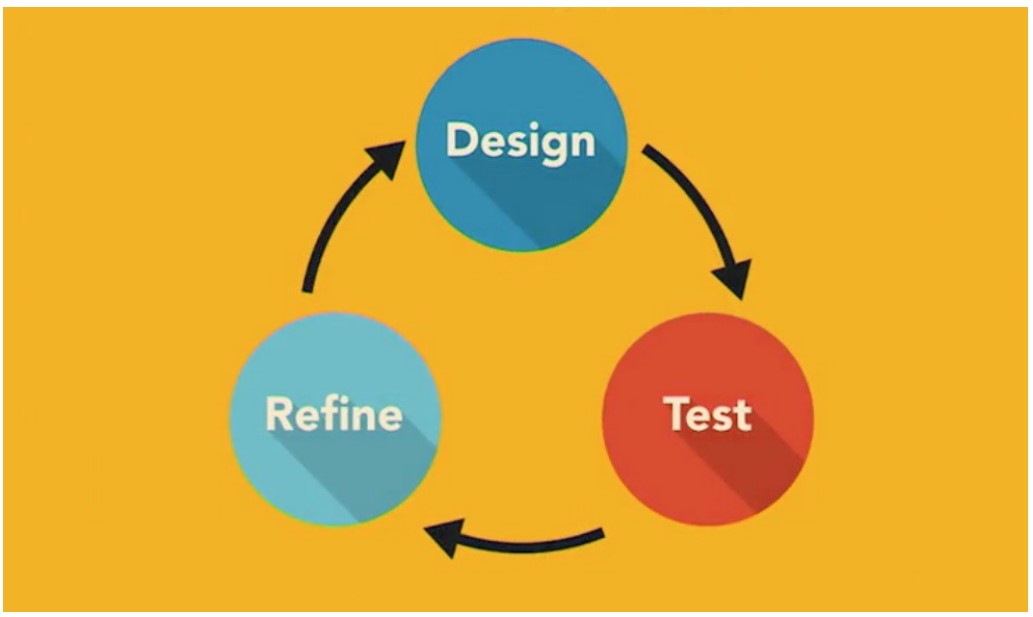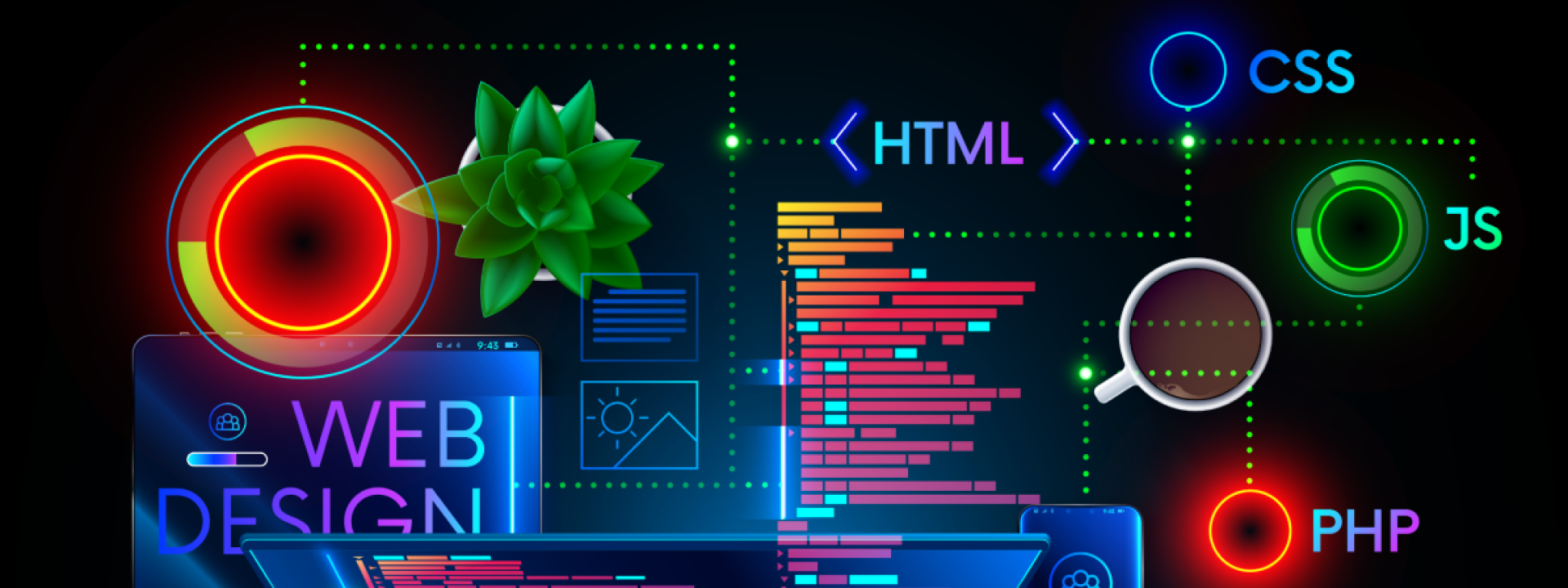Introduction
The www or Internet is becoming the standard for exchanging information and rendering services. All www (lets call them web applications from now onwards) infrastructures are built by leveraging practices and standards outlined in the web engineering. Web design and development are the two primary branches of web engineering. In this article whenever web engineering is referred, it means web design and development. We will discuss standards and recommendations of web engineering in this paper.
Standards and Recommendations in Web Engineering
Web engineering is one of the fastest growing engineering disciplines, as the www is. Web engineering has seen several trends over the period of last two decades. Different practitioners have coined interesting concepts at different times. Pelet (2011) discussed the impact of colors inbuilding visitor’s trust (p. 1-18). Howard and LeBlanc (2003) recommend that security should be the top priority. Allen and Boynton (1991) coined information architecture. In later half of 2010s, it was web 2.0 and Ajax. In this decade, it is component-based software engineering (CBSE), service oriented architecture (SOA), and application programmer interface (API). It is challenging for a web developer and designer to keep themselves updated with all the latest trends. We will discuss the component-based software engineering and user interface prototyping. CBSE is software engineering standard that applied in web engineering, which advocates building web applications in form of components. User interface prototyping is a technique to build and validate interfaces first, before developing the web application.
Component Based Software Engineering (CBSE)
We all have heard the saying that, “don’t eat the elephant one bite at a time”, it is always easy to break tasks into sub tasks. CBSE is a technique used is software and web engineering to break the elephant into several manageable bites. CBSE is generally a top down approach, where the whole system is broken down into sub-systems or components. Each component is then build and at the end, all components are integrated together (See Figure 1). The whole web application development process becomes more transparent and easy to manage. Li, Liu and Jifeng (2005) noted CBSE as a very common software development technique.

As a web designer and developer, one should be familiar with CBSE as it is the most popular style of web engineering these days and simplifies web engineering process and tasks. It is not only following during the web development process but web interface designers are, in many cases, required to follow the CBSE scheme while putting together the interface designs. One can ask how a web designer can follow CBSE. The answer is simple, while producing the interfaces they can follow a top-down approach and keep the web, developers in loop will ensure that they are part of the overall CBSE process. Off shelf web engineering libraries like React, Angular, and Vue strictly follow CBSE. Some people argue that these libraries increase the overall complexity of web engineering, nonetheless they are very popular and adoption rate is very high. These libraries make the overall web engineering simpler and efficient not complex.
User Interface Prototyping
User interface prototyping is another technique that is very popular in web engineering. The idea is the prototype a user interface and all the designer interactions it entails in order to validate the user experience and business requirements. According to Elkoutbi (2006), “User interface (UI) prototyping and scenario engineering have become popular techniques”. User interface prototyping is different then the mocking up user interface because the latter does not demonstrate the design interactions. Design interactions are a branch of web design that deals with how the user interface will behave and provide feedback to the user. As a web designer and developer, one should be familiar with the user interface prototype technique, thus the product coming out of the web engineering process is not only user friendly but also in compliance with the business requirements. Prototyping normally generally follows design, test, refine approach (See Figure 2). Kim (2017) describes prototyping as pretty common among web designers.

Conclusion
Web engineering is constantly evolving to keep up with the technology inventions and business needs. CBSE and Prototyping are some of the more recent standard and recommendations. They not only help aligning the web applications with the business needs but also make them user friendly. Therefore, it is important for the web designers and developers to be familiar with CBSE and prototypying.
References
Pelet, J. (2011). The Effect of E-Commerce Websites’ Colors on Customer Trust. International Journal of E-Business Research, 7(3), 1-18.
Howard, M. & LeBlanc, D. (2003). Writing secure code. Washington DC: Microsoft.
Allen, B.R., & Boynton, A.C. (1991). Information Architecture: In Search of Efficient Flexibility. MIS Quarterly, 15(4), 435-445.
Elkoutbi, M. (2006). Automated Prototyping of User Interfaces Based on UML Scenarios. Automated Software Engineering, 13(1), 5-40.
Kim, J. (2017). UX Foundations: Prototyping. Retrieved From https://blog.prototypr.io/ux-foundations-prototyping-c873354c43cd
Jifeng, H., Li, X., & Liu, Z. (2005). Component-Based Software Engineering. International Colloquium on Theoretical Aspects of Computing, 70-95.

